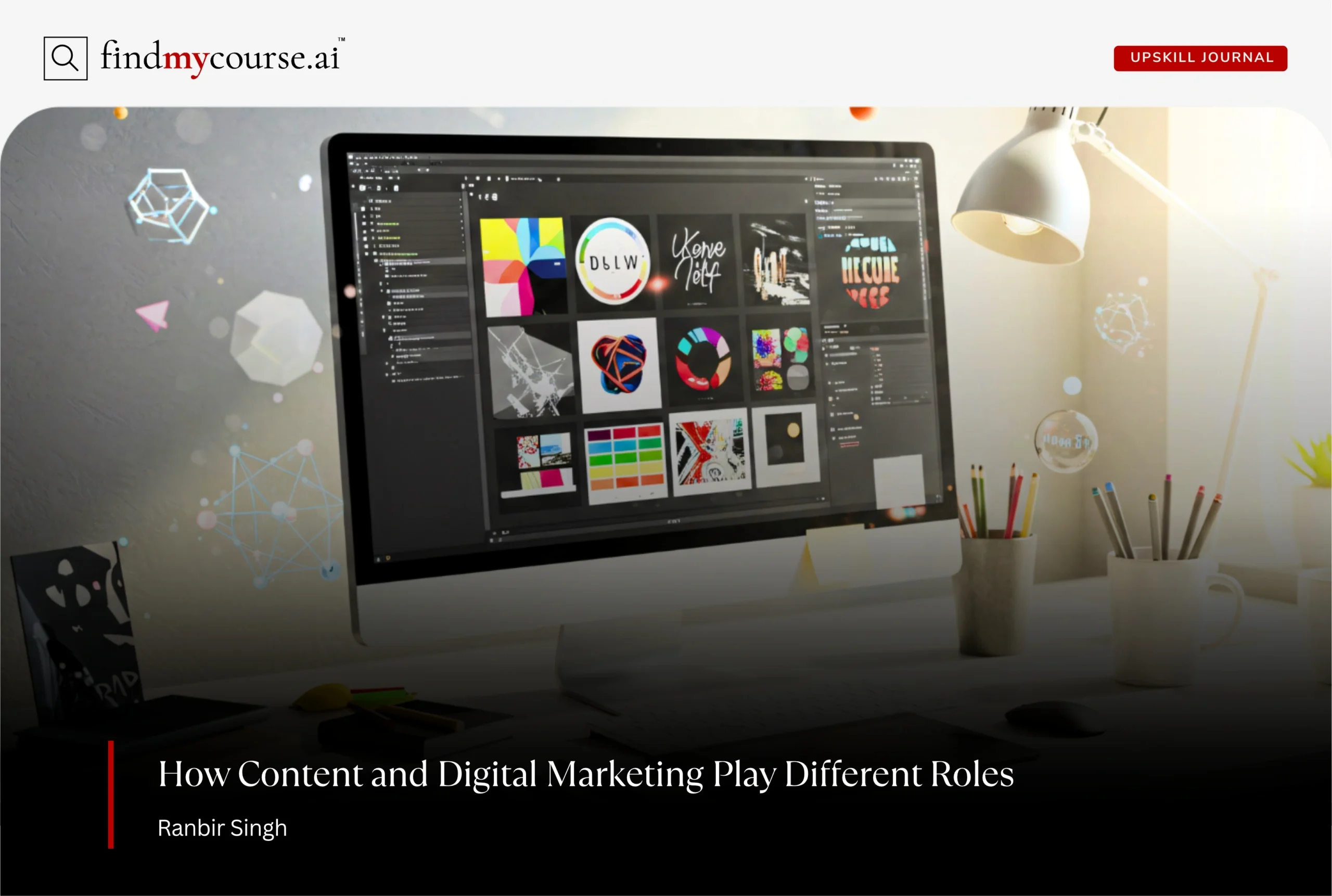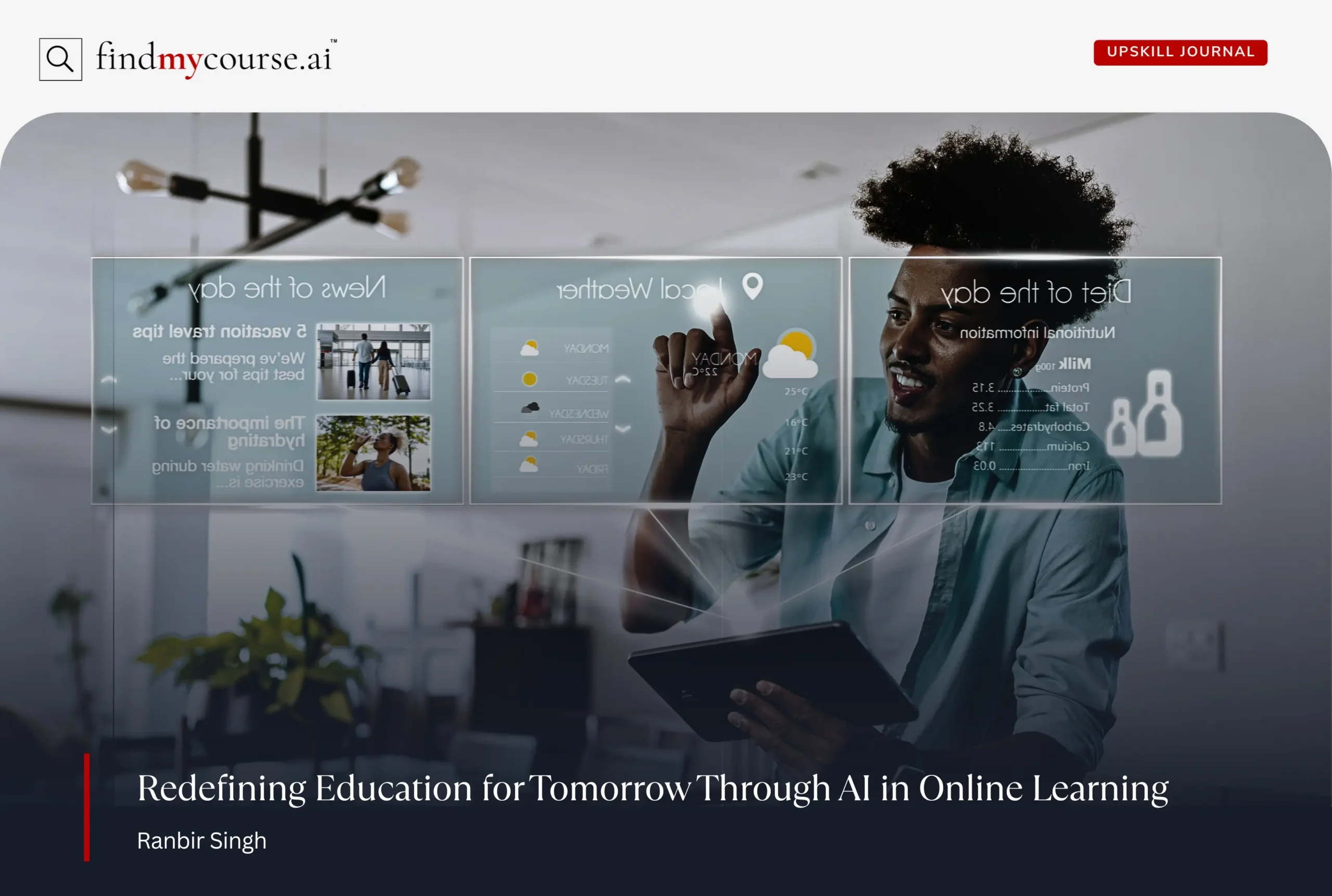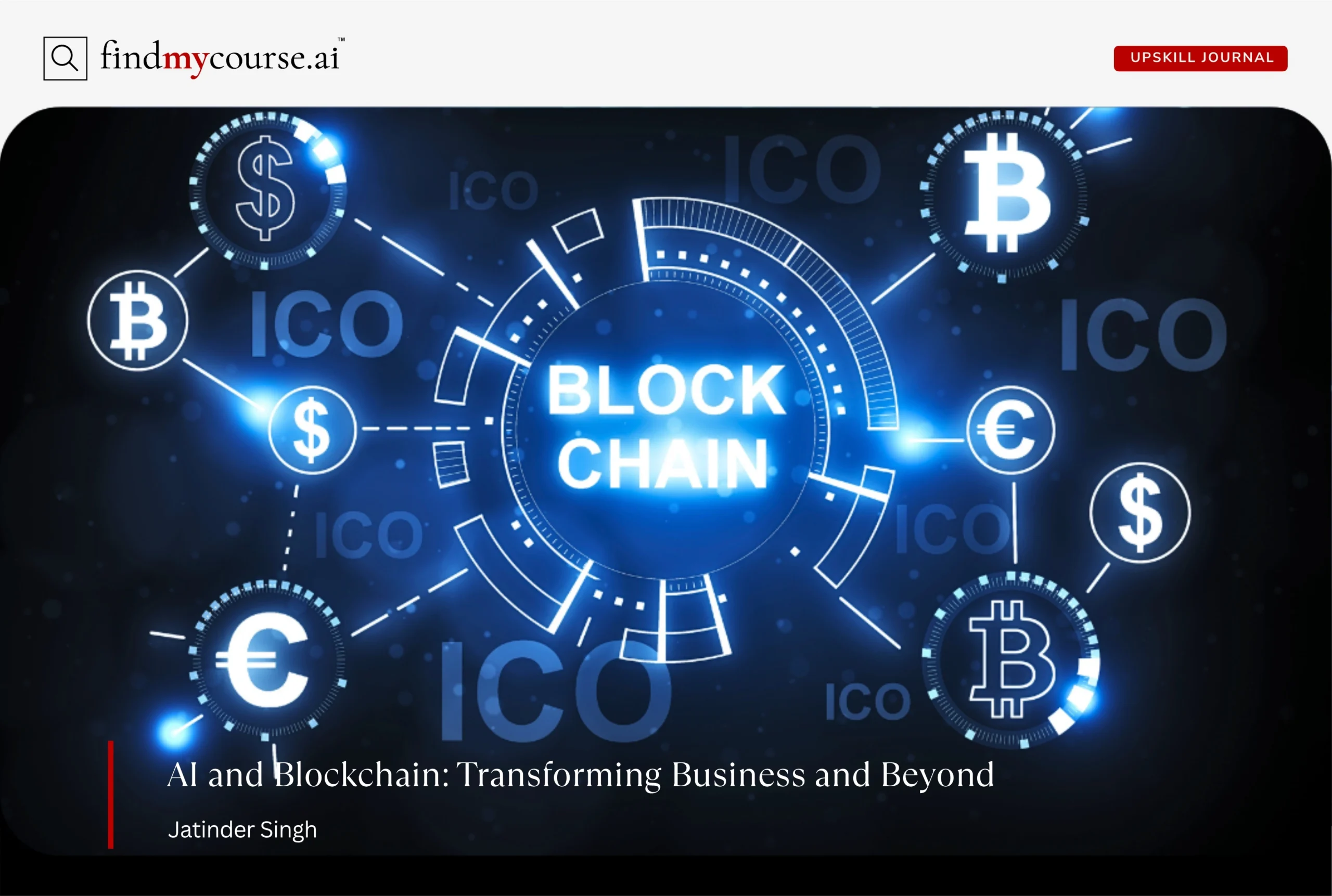If you’re building a brand or growing a business online, you’ve likely heard the terms content marketing and digital marketing. They often seem interchangeable, but they play very different roles—and knowing the difference can shape the success of your strategy. Both are essential in the modern marketing landscape, but each has its strengths. In this guide, you’ll learn how content marketing vs digital marketing differ, where they overlap, and how to combine them for the best results in 2025 and beyond.
Digital Marketing Explained: The Strategy Behind Online Promotion
Digital marketing is a broad term that covers all forms of marketing that use digital channels to promote a product or service. Think of it as the umbrella under which many strategies live—including content marketing.
This approach often includes:
- Paid ads on Google or social media
- SEO (search engine optimization)
- Email campaigns
- Influencer collaborations
- Affiliate marketing
The goal of digital marketing is to reach the right people at the right time, often with precision targeting. It’s driven by data, performance metrics, and often focuses on quick wins—like generating leads, clicks, or sales.
For example, if you’re running a clothing brand and launch a paid Instagram ad, that’s digital marketing in action. You’re actively promoting your product to a targeted audience with the goal of making a sale. If you want to explore the basics further, edX’s Fundamentals of Digital Marketing course is a great place to start.
Content Marketing: How to Build Trust and Engagement
Now, let’s talk about content marketing, which lives under the digital marketing umbrella—but serves a different purpose.
Content marketing is all about creating and sharing valuable, relevant content—like blog posts, videos, podcasts, or social media tips—to attract and engage your audience. Instead of directly promoting a product, content marketing focuses on educating, inspiring, or entertaining people. This builds trust over time.
Imagine you’re the same clothing brand. Instead of running an ad, you create a blog post titled “5 Outfit Ideas for Summer Travel”. That content doesn’t push a sale—but it provides useful ideas, builds brand awareness, and naturally encourages readers to check out your products.
Content marketing is a long game. It’s not about instant conversions; it’s about becoming a trusted source that people come back to—and eventually buy from. To dive deeper into how content builds trust and long-term value, try Coursera’s Content Marketing Strategy course from the University of California, Davis.
Comparing Content Marketing vs Digital Marketing
Here’s a simplified look at how the two differ side-by-side:
| Feature | Digital Marketing | Content Marketing |
| Definition | All online strategies to promote and sell | Creating valuable content to attract and engage |
| Purpose | Drive traffic, leads, and conversions | Build trust, brand loyalty, and long-term value |
| Approach | Direct and promotional | Indirect and educational |
| Channels | Paid ads, email, SEO, social media | Blogs, videos, podcasts, social content |
| Timeline | Short-term focus (fast results) | Long-term focus (gradual growth) |
| ROI Type | Faster but often more costly | Slower but more sustainable |
As you can see, digital marketing is like a sprint—it gets results fast. Content marketing is more like a marathon—it takes time but builds deeper connections.
Measuring Success: Content Marketing vs Digital Marketing
Measuring success depends on the strategy you’re using. Content marketing focuses on building trust and long-term engagement, while digital marketing emphasizes fast results and return on investment. Here’s how the metrics differ:
| Metric | Content Marketing | Digital Marketing |
| Primary Focus | Long-term value, engagement, and brand loyalty (tracked using HubSpot) | Immediate results, performance, and conversions (monitored via Google Ads) |
| Engagement Rate | Tracks likes, shares, and comments to measure interest (with tools like BuzzSumo) | CTR (click-through rate) measures ad effectiveness (via Meta Ads Manager) |
| Traffic | Organic traffic shows SEO success and discoverability (using Google Search Console) | Paid traffic shows how well ads attract attention (*tracked in GA4) |
| Time on Page / Dwell Time | Measures how engaging and useful your content is (viewed through Hotjar) | Often less emphasized unless tied to landing page success (optimized with Unbounce) |
| Backlinks & Social Shares | Boosts authority and search rankings (analyzed using Ahrefs) | Not typically a direct metric but can support credibility (supported via SEMrush) |
| Lead Support | Tracks how content nurtures leads over time (assisted leads) (using ConvertKit) | Focuses on direct lead generation through campaigns (managed in Salesforce) |
| Cost Efficiency | Grows value over time with low ongoing cost (tracked with ContentStudio) | CPC (cost per click) and CAC (customer acquisition cost) (measured by AdEspresso) |
| Revenue Tracking | Harder to tie directly to sales, but supports funnel stages (reported via HubSpot) | ROAS (return on ad spend) tracks dollar-for-dollar returns (using Facebook Ads Manager) |
By understanding what to measure and when, you can align your strategy to meet both short-term and long-term goals effectively.
Content Marketing vs Digital Marketing: Which One Should You Use?
It depends on your business stage, goals, and timeline. Here’s a quick guide to help:
For Startups
If you’re launching something new and need fast results, digital marketing is your best bet. Paid ads and targeted campaigns can quickly get eyes on your offer.
For Service-Based Brands
If you need to build trust or credibility—like coaches, consultants, or professionals—content marketing is essential. Helpful content positions you as an expert and draws in the right audience over time.
For E-Commerce Brands
You’ll often need both. Use digital marketing to drive product visibility and sales, and content marketing to create brand loyalty and educate your buyers.
How to Combine Content and Digital for Maximum Impact
Content marketing vs digital marketing aren’t separate strategies—they’re complementary forces. When used together, they can create a marketing approach that is both meaningful and measurable.
It starts with content. You create something genuinely useful: a blog post, a guide, a how-to video, or even a podcast episode that answers a common question or solves a small problem. This is content marketing—offering value, building trust, and showing that your brand understands what the audience cares about.
But great content alone isn’t enough. It needs help reaching the right people at the right time. That’s where digital marketing comes in. You use tools like email campaigns, paid ads, and SEO to distribute the content and attract new eyes.
Here’s how the process might look in action:
- You publish a blog post that solves a common problem (content marketing)
- You promote it through email and social media ads (digital marketing)
- People click, read, and engage—building familiarity and interest
- You retarget those visitors with an offer or call to action
- You measure which posts, promotions, or channels perform best—and improve accordingly
When you combine both approaches, you’re not just broadcasting messages—you’re building a journey. The content earns attention and trust; digital tools guide that attention toward meaningful action.
If you want an integrated view of your content, email, and lead-generation performance, a platform like HubSpot brings all your efforts into one central dashboard and helps you track the full customer journey.
Common Pitfalls in Content and Digital Marketing
Understanding the difference between content marketing vs digital marketing is just the first step. To get the most out of your efforts, here are some common mistakes to watch out for:
- Relying Only on Paid Ads: They bring fast traffic—but without strong content, engagement drops off quickly.
- Creating Content Without Strategy: Random blogs or videos won’t move the needle. Every piece should support a clear goal.
- Ignoring SEO: Even the best content won’t get seen if it’s not optimized for search engines.
- Disconnected Execution: Keeping your content and digital efforts separate—or expecting results overnight—limits impact. Real success comes from alignment, patience, and continuous improvement.
Avoiding these mistakes can help you make smarter decisions, save resources, and build a stronger online presence that lasts.
Final Thoughts
At their core, content marketing and digital marketing aren’t competing strategies—they’re two sides of the same coin. If you’re serious about growing your brand—whether you’re just starting out or scaling up—the key isn’t choosing between the two. It’s learning how to blend them with purpose. And if you need help figuring out how to blend both for your business, our AI assistant is here to guide you.


